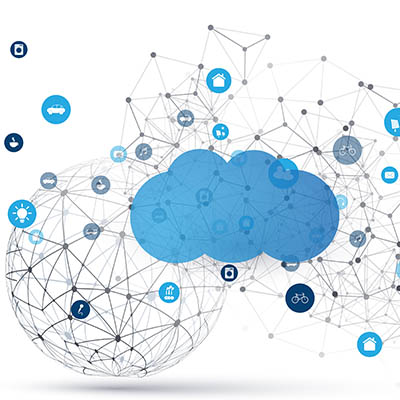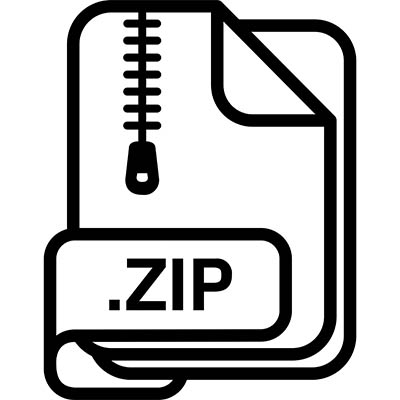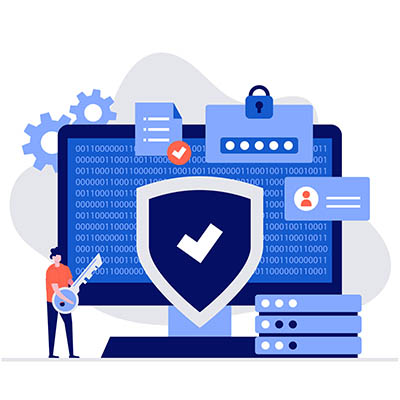Have you ever wondered how it is that people can build up bad habits over time, yet break them and establish better ones? Have you also noticed how difficult it can be to break habits that have been ingrained into the very fibers of our being over an extended period of time? Believe it or not, people can change, and the science behind it—neuroplasticity—can provide some valuable insights into how to make it happen.
Dealing with a hacked computer can be scary, but depending on the severity of the hack, you might not even know your infrastructure has been breached until it’s too late to stop it, putting you in a reactionary position. Let’s go over some of the telltale signs of a computer hack and what you should do about it.
You may already be familiar with the concept of hosting your business’ technology on your own in-house network, like a server unit, but some businesses struggle to manage hardware like this effectively. In all honesty, you can get largely the same benefits of an in-house server through a hosted solution. Nowadays, the cloud makes utilizing cloud services easier than ever.
You’d be hard-pressed to find a business that doesn’t rely on the Internet in some way, and everyone uses web browsers as a method of interfacing with the Internet. These browsers, however, are not necessarily the most secure applications by default. With some adjustments to the features, you too can optimize security and privacy when using your preferred web browser.
Let me ask you a question: if you haven’t already gone back to the office full-time, are you looking forward to the opportunity? Research has shown that your answer probably depends quite strongly on whether you are the boss or the employee. Let’s explore this phenomenon.
Large files like videos aren’t exactly the ideal attachments for something like an email. There are also cases where you have to send multiple files, some of which may be large, attached to an email, but when the files are too large, this just won’t work. Thankfully, there are some ways around this, one of which is to compress files into a .zip file with a tool found in Windows 10.
You should never settle for less than the best, especially with your business’ technology solutions. Unfortunately, this part of any company’s operations can be so stressful to manage that people often push IT maintenance to the wayside. So, if your company is not performing maintenance on its technology, how can it remain functional? It’s all about finding someone with the right skill set to manage your technology, something that is easier said than done.
Today’s cybersecurity landscape is dangerous, to say the least, prompting many organizations to adopt what is called a zero-trust policy for their security standards. Is a zero-trust policy the best solution for your company’s cybersecurity woes, and how effective is it toward preventing security issues? Let’s take a look.
Most companies utilize a word processor of some sort, and one of the most powerful and dynamic (not to mention commonplace) is Microsoft Word. If you want to get the most out of this great solution, we’ve got your back. Stay tuned for a quick look at some of the most commonly used keyboard shortcuts that we think you will find helpful during your business’ day-to-day operations.
We often talk about how some businesses do not have the budget to hire technicians to perform regular maintenance on their IT infrastructures, but what about the one behind the scenes calling all the shots? If companies cannot hire technicians, then it stands to reason that they also cannot afford someone at the executive level who manages their workload. The concept of the virtual chief information officer, or virtual CIO, challenges this notion by providing access to technology leadership for small businesses.










